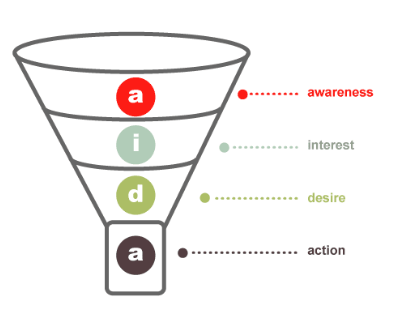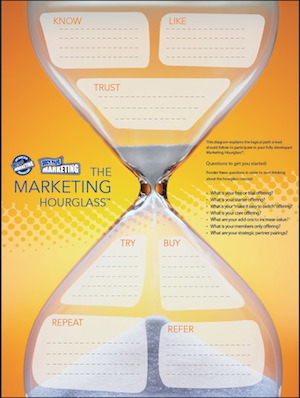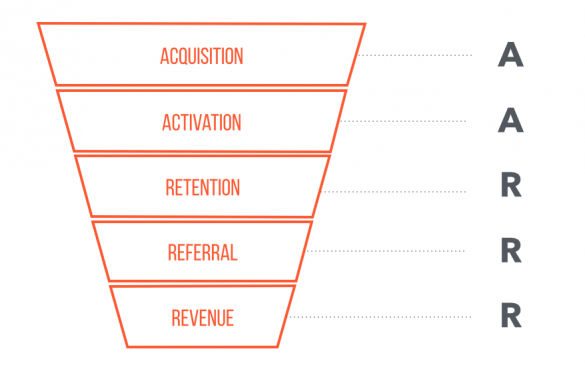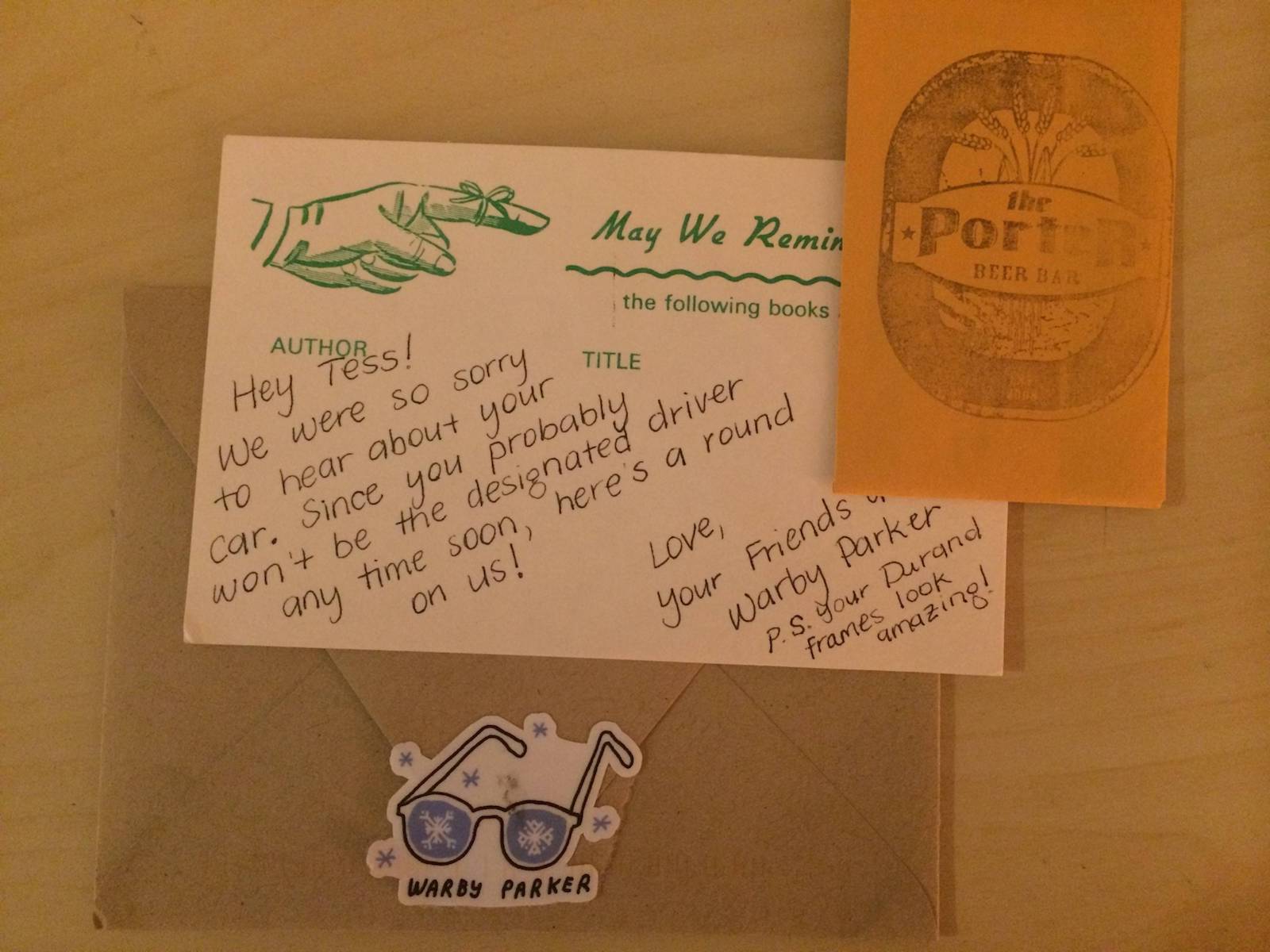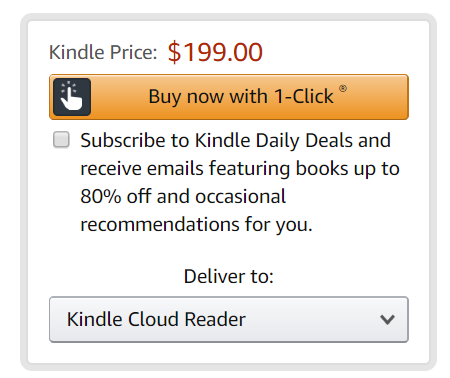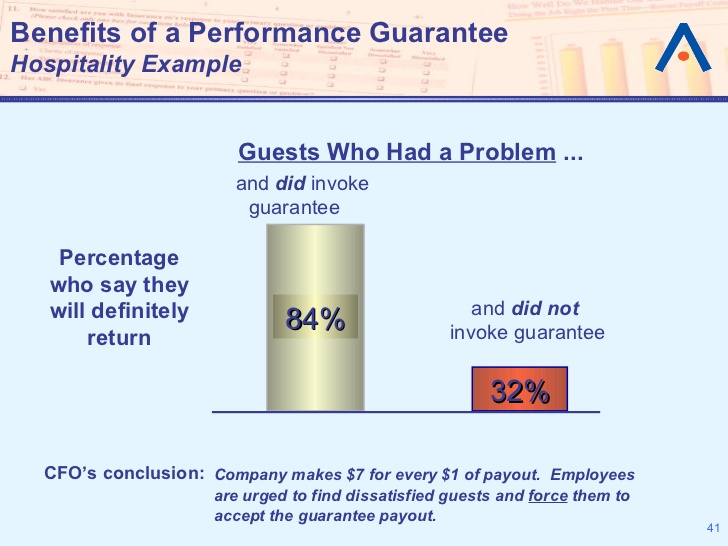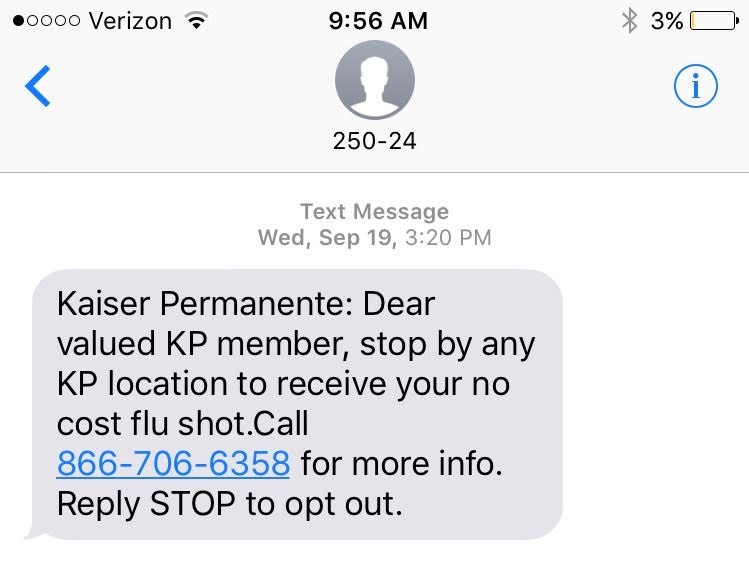Recipes for growth most often focus on acquisition. If you stuff the top of the marketing funnel, they say, revenue is sure to come out the bottom.
Maybe — but this is far from the most effective way to achieve sustainable profitability. To grow and stay growing, businesses must be able to acquire, but also retain their customers for as long as possible.
What is customer retention?
Customer retention refers to efforts by a business to keep customers from defecting. Numbers show that the more loyal a customer is, the higher value they are to the business. This metric is known as customer lifetime value.
A basic example: If you’re a SaaS solution which costs $100 per year to subscribe to, and the average customer subscribes for a year, your average customer lifetime value is $100. If the average customer subscribes for two years, your average customer lifetime value is $200.
Why focus on customer retention?
Traditional models of the customer journey have changed a lot since the marketing funnel of the early 1900s, which introduced the AIDA concept:
- Attention: Prospect discovers your class of solution and its alternatives. For example, if a prospect wanted to wash his car, he might research car washes in the area, but also DIY cleaners he could use at home.
- Interest: Lead begins to narrow down options to your class. Here, a prospect would choose DIY car wax over car washes, and begin evaluating different types.
- Desire: Lead narrows options down further to your product and a few others. Here, your USP and ability to overcome buyer objections are what get your product purchased.
- Action: Lead purchases your product and becomes a customer.
The problem with this model, however, is it puts total emphasis on customer acquisition and none whatsoever on retention. “Once you have your customer’s money,” it says, “the transaction is over and your relationship ends.”
But today, we know that to be false.
Consider research results from Frederick F. Reichheld and W. Earl Sasser Jr., boldly announced in a 1990 issue of the Harvard Business Review:
As a customer’s relationship with the company lengthens, profits rise. And not just a little. Companies can boost profits by almost 100% by retaining just 5% more of their customers.
At first, the numbers seem unbelievable: That much profit for that little retention?
But, when you reconsider the earlier hypothetical, it’s easy to see how retention can make a big impact: If a SaaS solution with an average subscription length of one year can keep a customer just two more years, that customer is now worth three new 1-year customers.
Additionally, Reichheld and Sasser found that the more satisfied a customer was with a service provider…
- the more they trusted them
- the more they invested in that service
- the more likely they were to recommend that service provider to a friend
The study determined this to be the case across all examined industries. The more satisfied customers were with the service, the more they contributed to its bottom line.
Recent statistics make the case for retention too:
- Loyal customers are 5x as likely to repurchase, 5x as likely to forgive, 4x as likely to refer, and 7x as likely to try a new offering.
- Earning a new customer is between 5 to 25x more expensive than retaining current ones.
- The average customer spends 67% more between months 31 and 36 with a business than they do from months 0-6.
The numbers add up to one conclusion: Marketing doesn’t end at the sale, and today’s evolved depictions of the customer experience show it. John Jantsch’s “Marketing Hourglass” is a great summation of the entire journey in 7 stages:
“By taking the marketing hourglass approach and giving equal attention to building trust and delivering a remarkable experience, you set your business up to create the kind of momentum that comes from an end to end customer journey,” says Jantsch.
At Instapage, Dave McClure’s AARRR model loosely guides our retention activities. It picks up at acquisition, where most traditional funnels leave off:
- Acquisition: Customer purchases your product or service.
- Activation: You compel your customer to use your product or service to its fullest extent.
- Retention: You retain the customer for as long as possible.
- Referral: With greater retention comes loyalty and the willingness to refer others to the product or service.
- Revenue: Higher revenus is the product of greater retention, loyalty, and more referrals.
While it’s easy to visualize how you get referrals and revenue from activation and retention, it’s not as clear how to bridge the gap from acquisition. As in, how do you activate then retain to produce as much revenue as possible?
Customer retention strategies
There’s no one way to customer retention. It’s a result of many strategies and tactics. Below, we outline some of our own, and some that have, over the years, become so prevalent and powerful that they’re nearly marketing law.
Identify your product’s value triggers
At Instapage, a major contributor to early growth was data collection that drove customer activation. We had gotten people to sign up, but we needed to get them using the product. So, we used a combination of quantitative and qualitative data to discover how. We looked at:
- Subscription data: With funnel analysis and profile snapshots going back six months, we were able to find which features drove the most engagement.
- Casual conversations: In casual conversations with customers both in-person and online, we were able to learn more about our their needs. We were also able to validate our quantitative hypotheses.
From our analysis came a major finding: Free trial users who published at least one page on a custom domain and immediately began A/B testing were 15x more likely to, eventually, upgrade to a paid plan.
You can imagine how this played into our activation strategy. Once we knew the triggers in our product which led to paid upgrades, we began nudging people toward them. In our email onboarding journey, in chat messaging, push notifications, webinars, we recommended publishing to a custom domain and split testing.
Reward loyalty
This one is perhaps the most straightforward way to build loyalty. Simply, offer rewards for loyal users or buyers.
Kohl’s, for example, offers $10 of “Kohl’s cash” for every $50 spent in-store. The cash is redeemable only on products at Kohl’s, so it’s essentially just a discount or store credit. But why go somewhere that doesn’t reward you over somewhere that does?
Keep in mind, rewards don’t have to be monetary. Weekly, we reward our most active users with comparative insights (how they stack up to other users) and advice on how to improve their current landing pages. If you want your customers to stay loyal to your brand, rewarding them is a clear and simple way to say, “we value your business.”
Stop marketing for a moment
Throughout this post I’ve referred to people as “users,” “prospects,” “leads,” and “buyers.” It’s just one example of how, too often, we forget these are terms for people. Human beings.
An Atlanta branch of Warby Parker never lost sight of this fact. When a customer shared that her car had been stolen that day, the company sent out this hand-written note, along with a gift certificate to a local bar:
It reads “Hey Tess! We were so sorry to hear about your car. Since you probably won’t be the designated driver any time soon, here’s a round on us! Love, your friends at Warby Parker. P.S. your Durand frames look amazing!”
Not only did Warby Parker win over this customer, but after Tess shared it to Reddit, the message quickly went viral, resulting in great PR for the brand. Ultimately, people want to be treated like they’re more than a walking, breathing, wallet. And this is a great example of how to do that.
But you don’t have to wait around for a customer tragedy to show you care. And while a hand-written letter goes the extra mile, you don’t even have to take it that far. It can be as easy as sending an email. Wish your customers a happy holiday or birthday, and don’t try to sell them anything or incentivize them to buy. Just show your gratitude for them.
Upsell, cross-sell, and continually educate
At some point, we’ve all received a purchase confirmation email that reads: “You might also like…” followed by related items or upgrades to the one purchased. This is cross-selling and upselling.
Similar to activation, up-selling and cross-selling can have a major impact on retention. Think of it this way:
Activation is about showing your customers what they can do with the product — how they can start using it to its fullest extent.
When it comes to retention, upselling, cross-selling, and customer education can be even more powerful.
- With upselling, you’re offering customers a more powerful version of your product.
- With cross-selling, you’re offering customers add-ons or similar items to create a better end experience related to the product or service.
- With continuous product education, you’re ensuring the people who have these upgrades and related products are able to use them to their potential.
When a customer purchases an upsold version or a cross-sold product, they’re investing more in your product to get a better end experience. Product education is key for ensuring that experience is worth the money.
With upgrades and related products, you can boost retention by boosting satisfaction. With blog posts, webinars, tutorials, push notifications, and guides, you can better retain customers by showcasing all they can do with the products. All three work together to increase retention.
Make conversion as easy as possible
We’re all hardwired to take the path of least resistance. That couldn’t be more true in marketing…
It’s already hard enough to get people to download, sign up, buy, etc, so don’t make it harder by adding friction to your landing pages.
The conversion process from beginning to end should be simple and straightforward. If you want to keep your customers, you have to make what’s good for your business easy for them.
For example, form fields should be at the intersection of “what does my marketing team need?” and “what are they willing to give?” If you’re offering a tip sheet, don’t require 10 fields of personal information to download it.
Perhaps the best example of “easy” is Amazon’s one-click ordering.
If you have a customer’s information, why require them to go through the same laborious checkout process every time they convert?
Admit your faults and guarantee to right them
Customer service blunders cost more than nearly any other. A staggering 82% of US consumers have abandoned a brand as a result of poor customer service, and almost half say they’ll do it within a day of experiencing a bad interaction. What’s more, the majority won’t keep that interaction to themselves: 95% will share with friends and family.
Take Dave Carroll, for example, who performed a song called “United Breaks Guitars” after the airline wouldn’t replace his instrument, which baggage handlers broke during transit. It was only after the video earned millions of views that the company chose to resolve the issue publicly. Some say the delayed response cost United $180 million.
The lesson here?
If you screw up, admit it and move on. Consider further proof in a hospitality example.
Here, guests were offered a satisfaction guarantee. Those who had a problem and invoked the guarantee were 84% more likely to return. But, those who had a problem and didn’t say anything about it were only 32% more likely to return.
After analysis, it was determined in this particular example that the company makes $7 for every $1 paid out to dissatisfied customers. The results were so overwhelmingly in the favor of the business that employees were instructed to seek out dissatisfied customers and force them to accept the guaranteed payout.
Remain top-of-mind
Winning the loyalty of today’s consumers isn’t enough to keep them coming back for more. They’re constantly busy. They’re stressed. They’re distracted. And even when they’re not, there’s little chance they’re thinking of your brand.
In the ever-growing ocean of marketing messages, to boost retention you have to stay top-of-mind. Common techniques to keep your business in the conversation include:
- Email marketing: Sending valuable, gimmick-free content to your subscribers regularly.
- Social media marketing: Engaging with customers and prospects in a genuine way, as well as amplifying marketing collateral like blog posts, ebooks, tip sheets, and podcasts.
- Text messaging: It’s not wise to send unsolicited texts. But, texting to a customer who has opted in might be the most effective way to get their attention.
- Direct mail: Coupons and rewards are still great ways to get your customers buying.
Here’s a great example of a text from a healthcare provider whose customer has opted into receiving messages:
It’s short, valuable to the customer, and it offers both a call-to-action and a way to opt out.
Improve cross-channel personalization
Frustrations abound when customers feel like you’re doing a poor job tracking their wants, needs, and information. Why, for example, must they explain themselves to a customer support agent over the phone, when they already did yesterday to an agent via chat?
Think of your own experience: Isn’t it annoying to return to the same forms to share the same personal information to the same brands? Isn’t it annoying to start a shopping experience via desktop only to discover the mobile experience is clunky and frustrating?
Assembling the right marketing technology stack is key to central to this point. Your tools should not only integrate with each other for the purpose of passing information back to your CRM, but they should also funnel information back out to things like, say, form fields customers have filled out before, or preferences they’ve indicated on another channel or device.
In some ways, this ties into the “humanness” in marketing — customers wanting to return to a business they feel understands them. And the best way to show you understand the complexity of your customers is to simply remember what they tell you (in a technology sense) — their behaviors and their own self-reported information — to offer them relevant content and products.
This effect on retention here is two-fold. The less obvious is the customer’s feeling that a brand truly understands their desires as they relate to the product or service. The most obvious, simply, is it’s more likely your customers buy something relevant to them than something that isn’t.
Customer retention should be a focus of every business
Customer retention is tricky, sure, but it’s worth the price of getting right. Research proves it. Though, there’s no silver bullet or even slew of them. Retention is a customer-focused way of marketing that operates under two facts:
- It’s easier and cheaper to sell to a current customer than acquire a new one.
- Your customers are your best marketers.
How do you strategize customer retention? Let us know in the comments!
